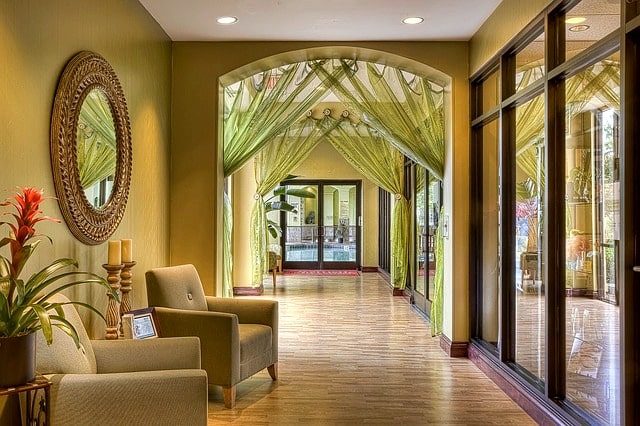Jazz up your interior design with the right paint colour
Wondering how to give your home a new and vibrant look? Check out these tips on improving your interior design with the right colours.

Your home’s interior can change dramatically when you paint it over with new colours. Hence, it’s one of the easiest (and cheapest!) ways of making your property look schmick. Here are tips to help you select the best paint:
1. Start from the bottom.
Your flooring is the first thing you need to consider when choosing a colour palette. It has an impact on tones and textures, and it will help you decide on how to use contrasting and complementary style elements.
2. Decide on the colour of your ceiling.
White is the most common ceiling colour. But if you don’t want to be conventional, you can opt for darker hues. These colours are definitely striking, but they can also cause a gloomy and enclosed feeling. So you need to be careful in picking the right shade.
3. Use pop colours for your walls.
Brighten up a room with a splash of bold colours. You can paint the entire wall or just a portion of it with your desired colour. Also, rich colours are very effective in adding warmth and drama, and they’re also fun to experiment with. If you want to get everything right, get the help of an interior designer.
4. White is safe.
White is usually a safe interior colour, but it also has varying undertones, such as pink and green. The effect of these undertones may not be noticeable at first. But when you place them against contrasting undertones, their mismatch becomes perceptible. Hence, you need to be very particular with the kind of white you’re choosing.
5. Monochromes aren’t boring.
You might be thinking that a monochromatic scheme lacks personality, but it actually allows you to ‘texturise’. To create variations, use an accent colour or different finishes.
6. Lighting affects the register of colours.
Light is a crucial factor in interior design. Determine the source of lighting in your home. Natural lighting is perfect for showing the true colours of paint. But if you have fluorescent lighting, a blue tone would be ideal to use. Additionally, if you have incandescent lighting, warm and yellow tones are your best options.
7. Be careful of clashing colours.
If you want to be adventurous in combining colours, it’s best to seek the advice of experts in house painting and interior design. They can show you samples of hues that blend well or help you work on an idea that you have. This way, you can be properly guided and avoid style mishaps that are costly to undo.
8. Get the right finish.
Some types of finishes or sheen include gloss, matte, satin, and eggshell. Glossy or satin finishes are typically easier to clean than other finishes, but they can make patched areas or other imperfections more obvious.
9. Try out sample pints.
Sometimes, it’s not enough to look at swatches under certain types of lighting. A better way to see how a specific colour would look on your wall is by purchasing a sample pint and testing it out on a large area of your wall or on a poster board.
10. Hire a professional painter.
Reading DIY tips tends to make you feel you can do a certain task easily. But once you try doing it by yourself, you realise you’ve wasted time and money on a terrible job. Thus, it’s still best to hire qualified painters.
To have an idea about the cost of a painting job, you can ask our professional house painters for free painting quotes.